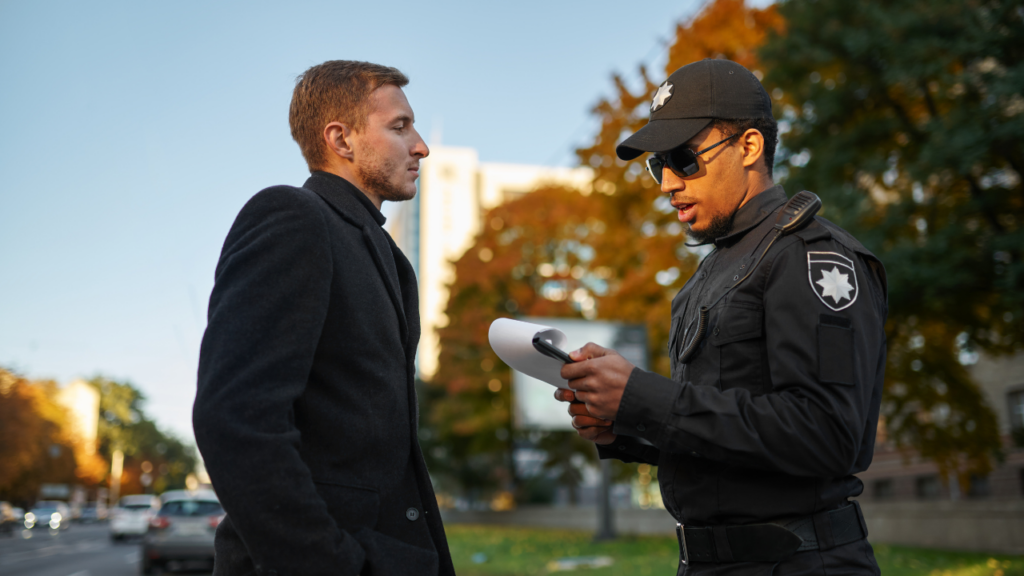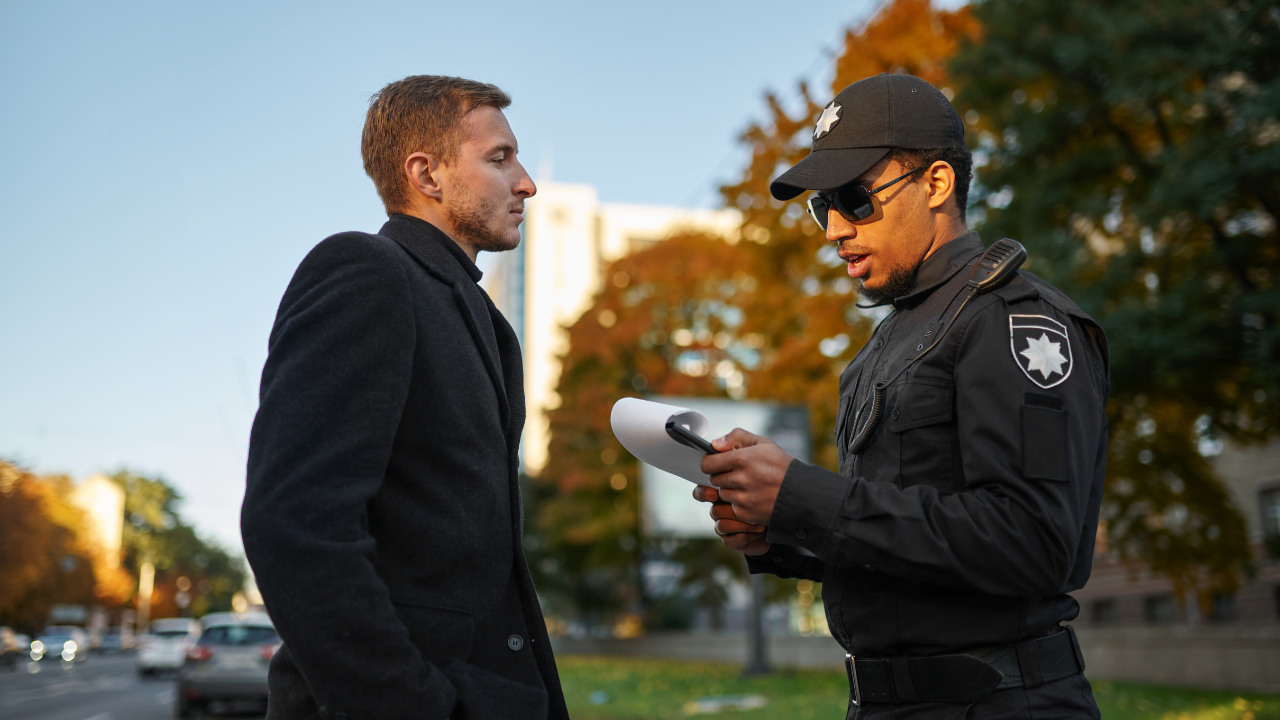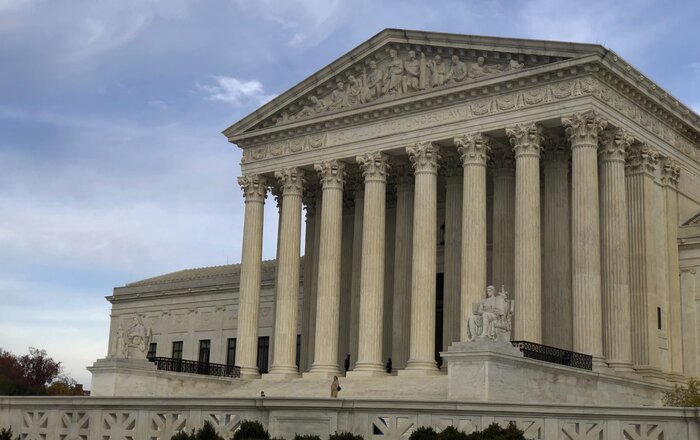Written By:
 Kent Ng
Kent Ng
Your Dedicated & Trusted Legal Team
3 Generations & 100+ Years of Combined Legal Experience

When facing threats or violence, obtaining a restraining order, as frightening as it might be, is a crucial step toward safety. Many who are contemplating filing for a restraining order go to the police for guidance. The police can help guide victims of abuse or who are facing harassment on how to acquire a restraining order. As police officers, we also have a crucial role in documenting and enforcing court-approved restraining orders, ensuring those who violate these orders face the appropriate consequences.
If you are thinking about filing for a restraining order, or you simply want to know more about how restraining orders are issued and enforced, keep reading. In this article, we discuss what a restraining order is, the police’s role in helping someone file for a restraining order, how police enforce these orders, and the consequences when they are violated. I will also provide advice to those contemplating if a restraining order is right for them.
What is a Restraining Order?
A restraining order is a civil order that bars someone from having contact with you. In New York, we use the term “order of protection” instead of restraining orders, but the concept is the same. The purpose of a restraining order is to keep the petitioner, or person who requested the restraining order, from being harmed or harassed by the defendant, or the person the order is against.
Different restraining orders, or orders of protection, have different provisions. For example, an order may prohibit someone from visiting the petitioner’s workplace, school, home, and other places the petitioner frequents. The order may also include other mandates, such as forcing the defendant to surrender their firearms, restricting their child custody rights or requiring a mandatory child support payment, or placing them under probation supervision.
There are two types of New York restraining orders: a temporary order of protection (TOP) and a final order of protection (FOP). A temporary order of protection only lasts until the court date for the final order of protection and is intended to provide immediate protection. The final order of protection is issued during the court proceeding and is intended to provide more long-term protection. It generally lasts up to five years but can be extended.
In other states, like New Jersey, the two types of restraining orders are called temporary restraining orders (TRO) and final restraining orders (FRO). Like temporary orders of protection in New York, temporary restraining orders provide immediate protection until the court date for the final restraining order. Different states have different rules for how long final restraining orders last. In New Jersey, final restraining orders last indefinitely, or until the court approves a termination of the order by either party.
How Police Help Victims Get Restraining Orders
The courts, not police officers, are in charge of issuing restraining orders. However, when someone comes to us or when we respond to a domestic violence call, we can guide those in need on how to file for a restraining order, or an order of protection in New York.
When we respond to a domestic violence call, or when an individual comes to the police station, we will advise them on how to file for a restraining order, and where to go next. For victims in situations of domestic violence or who are experiencing other forms of abuse, we will offer them additional resources, such as contact information for nearby shelters, help centers, and hotline numbers. At the police station, individuals can also file an incident or crime report against their alleged abusers.
Once an individual has expressed the need for a restraining order to us, or after we advise them that this is their best option, we will then direct them toward the local court in their area that can issue the restraining order. A judge will then review the case, taking into account any injuries or evidence that suggests a legitimate need for protection. A temporary order of protection is likely to be granted until the court hearing for the final order of protection.
If the judge grants the order, the victim will be directed to return to us at the police precinct with the court’s decision. Once police receive an order of protection, it gets entered into a log book and updated into the computer system. This ensures that the order is officially recorded and tracked. It then becomes the police department’s responsibility to respond to calls if someone has broken the terms of a restraining order.
The Role of Police in Enforcing Restraining Orders
It is the responsibility of the police to enforce restraining orders and make arrests. Someone whose restraining order has been violated should call 911 immediately. When someone calls 911 to report a violation, the police will begin by ensuring the victim is safe, removing them from the situation, and verifying the details of the restraining order.
If the perpetrator is present at the scene and the police can verify that they are in violation of the restraining order, the perpetrator will be arrested immediately. The perpetrator is then processed through the legal system. Violating a restraining order is a serious crime with severe consequences, such as jail time and fines.
One of the biggest challenges in enforcing a restraining order is determining protocol if the perpetrator has fled the scene. In such cases, we cannot conduct a search of the nearby area to locate the suspect. In my experience, locating perpetrators is particularly difficult in New York City because perpetrators are able to escape into nearby crowds easily. However, police are likely to wait nearby or with the victim to see if the perpetrator tries to return. The domestic violence officers, who are trained to follow up with and support victims, may also conduct further investigations to track down the perpetrator, especially if there have been numerous violations.
The domestic violence officers in the police precinct, or the police on duty, will provide the victim with resources, such as nearby shelters, help centers, and hotline numbers. This ensures victims feel safe and have a place to stay. We may also advise victims to stay with nearby family or friends if there is a chance the perpetrator could attempt to visit their home again.
Domestic violence officers periodically conduct follow-up home visits unannounced to a victim with a restraining order, and the perpetrator sometimes is present. In these cases, and when a violation of the order has been verified, the perpetrator will be arrested immediately.
Prioritize Your Safety: File for the Restraining Order
If you are in a situation where you feel you need protection from another individual, file for a restraining order. Your safety should be the priority; do not wait until the situation escalates or becomes more dangerous. The reality is that if you don’t act, your safety—and your life—could be at risk.
Domestic violence is illegal, and the legal system provides these services for a reason: to protect you. Applying for an order of protection is one of the most important steps you can take to protect yourself from being contacted by your alleged abuser.
The choice to apply for a restraining order is ultimately yours, but know that your local police officers and your local court are here to help you obtain legal protection. Applying for an order of protection isn’t just a formality; it’s a crucial measure to secure your safety.

Latest from Our Blog



Editorial Standards
Rosenblum Law is committed to delivering informative content of the highest quality. All content is subject to our rigorous editorial standards for relevance, accuracy, sourcing, and objectivity. Everything is fact-checked by an editor and reviewed for legal soundness by one of our practicing attorneys prior to being published.
How to Cite Rosenblum Law’s Article
APA
Kent Ng (Sep 7, 2018). How a NY Traffic Ticket Impacts Quebec Drivers. Rosenblum Law Firm, https://rosenblumlaw.com/how-a-ny-traffic-ticket-impacts-quebec-drivers/
MLA
Kent Ng "How a NY Traffic Ticket Impacts Quebec Drivers". Rosenblum Law Firm, Sep 7, 2018. https://rosenblumlaw.com/how-a-ny-traffic-ticket-impacts-quebec-drivers/








